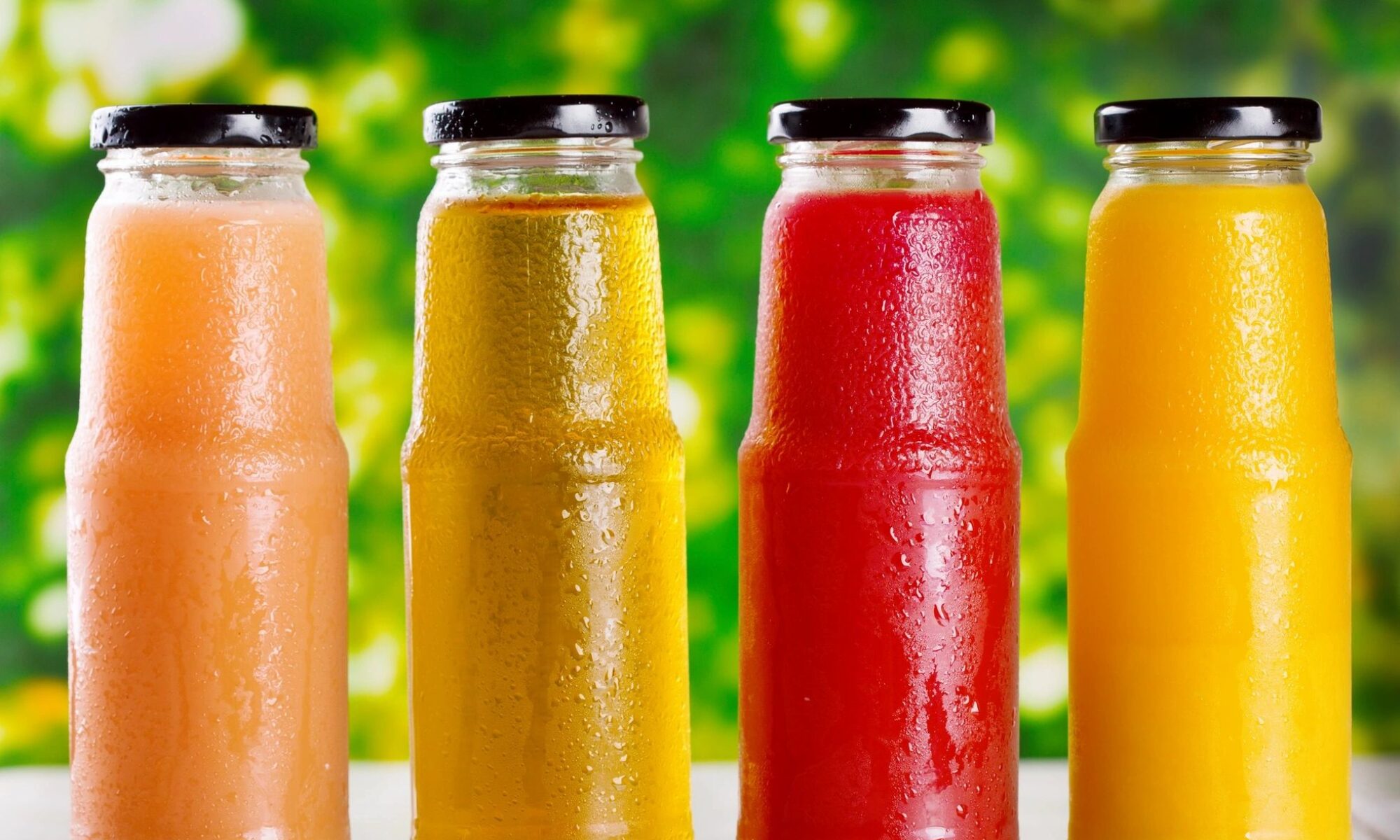How Branding is Evolving in the Food and Beverage Industry
In today’s food and beverage industry, consumers want brands to be authentic. Branding is evolving in this industry. They are quick to pick up when they aren’t authentic and to tell others on social media.
Brands have to keep customers fully informed about the products they buy. They also need to be smart and strategic to grab market share in a very competitive market.
Brands must first identify their target audience and then create value for them. Once they’ve attracted customers, they have to build trust to turn them into brand advocates. If consumers are happy, they are more likely to continue to buy products and recommend them to others.
Branding and Social Media Interaction
Brands need to listen to what their customers say, and today this is much easier because they can interact with them on social media. Brands are receiving feedback from customers and understanding more about them helps them to cater to their needs.
Social media offers brands opportunities to create emotional connections with their customers and explain more about what their products offer them. In turn, consumers are better informed than ever before.
They have strong opinions about the quality of ingredients, nutritional value, and health. If brands provide this information to those who are interested, they create an opportunity to build loyalty.
More than ever before, people want the brands they choose to reflect who they are as people. Food packaging is one area where this is seen. The designs must reflect environmental and social responsibility and make people feel they are making the best choices for their health and their identities as a whole.
Please connect with me on any on my social media accounts and my LinkedIn account.
Would love to read and comments too.





